Hello everyone, how are you? I hope you're okay. I had a pretty bad toothache today. I remember having a toothache when I was 7 years old. After that, I never experienced it again. Just today I experienced it. Even so, I want to tell you about a beautiful building. Has a high meaning for diversity in Bandung, Indonesia
I want to tell you about a mosque called the lau tze 2 mosque. This mosque is located on Jl. Tamblong, Bandung City, Indonesia. This mosque still has ties to the lau tze mosque in Jakarta. However, I will not talk about the lau tze mosque 1. I want the history of this mosque, the lau tze mosque 2. this mosque is very closely related to the Chinese people in the city of Bandung. Many Chinese people came to Indonesia before Indonesian independence. One of them is Bandung. At the same time, Islam also entered the territory of Indonesia brought by traders.
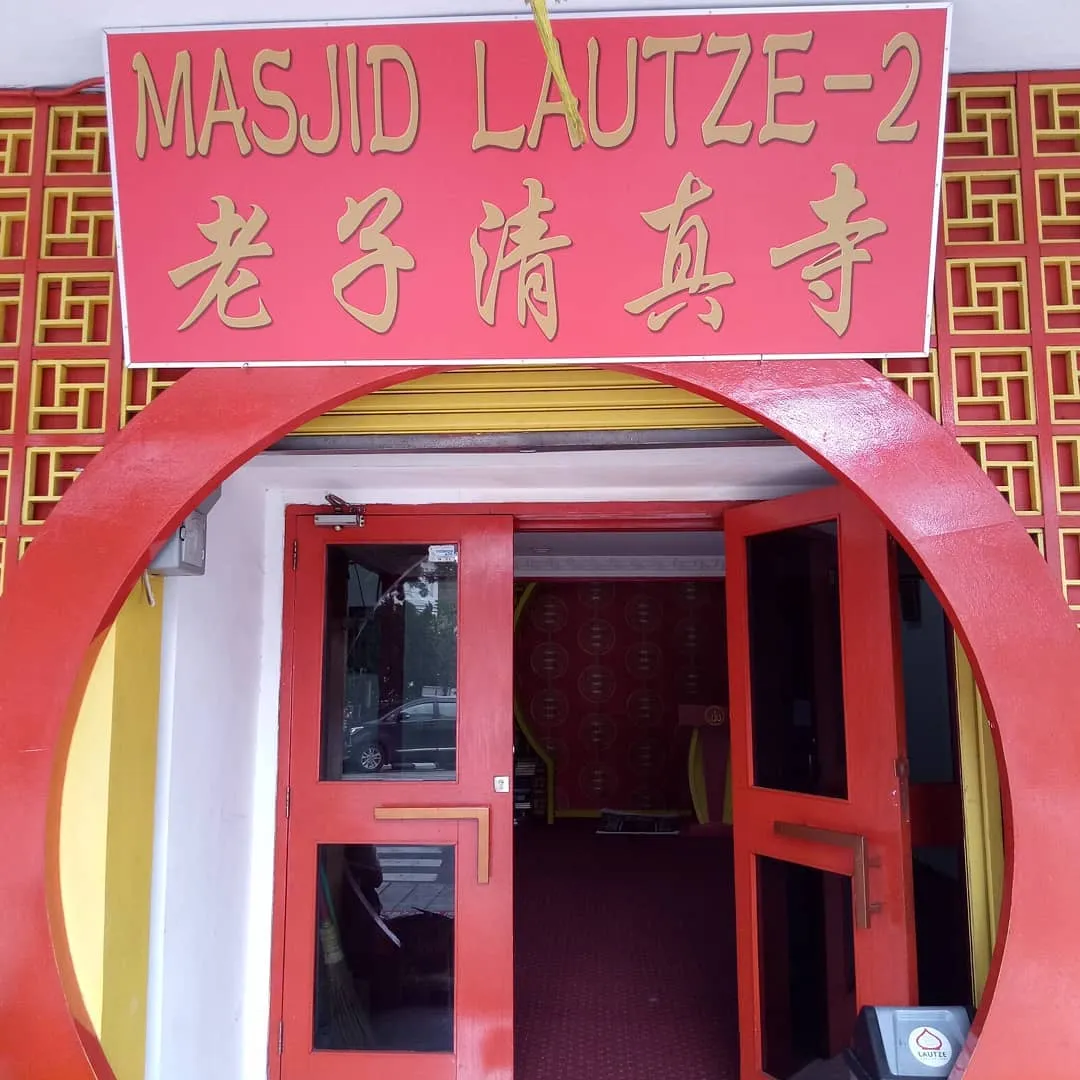
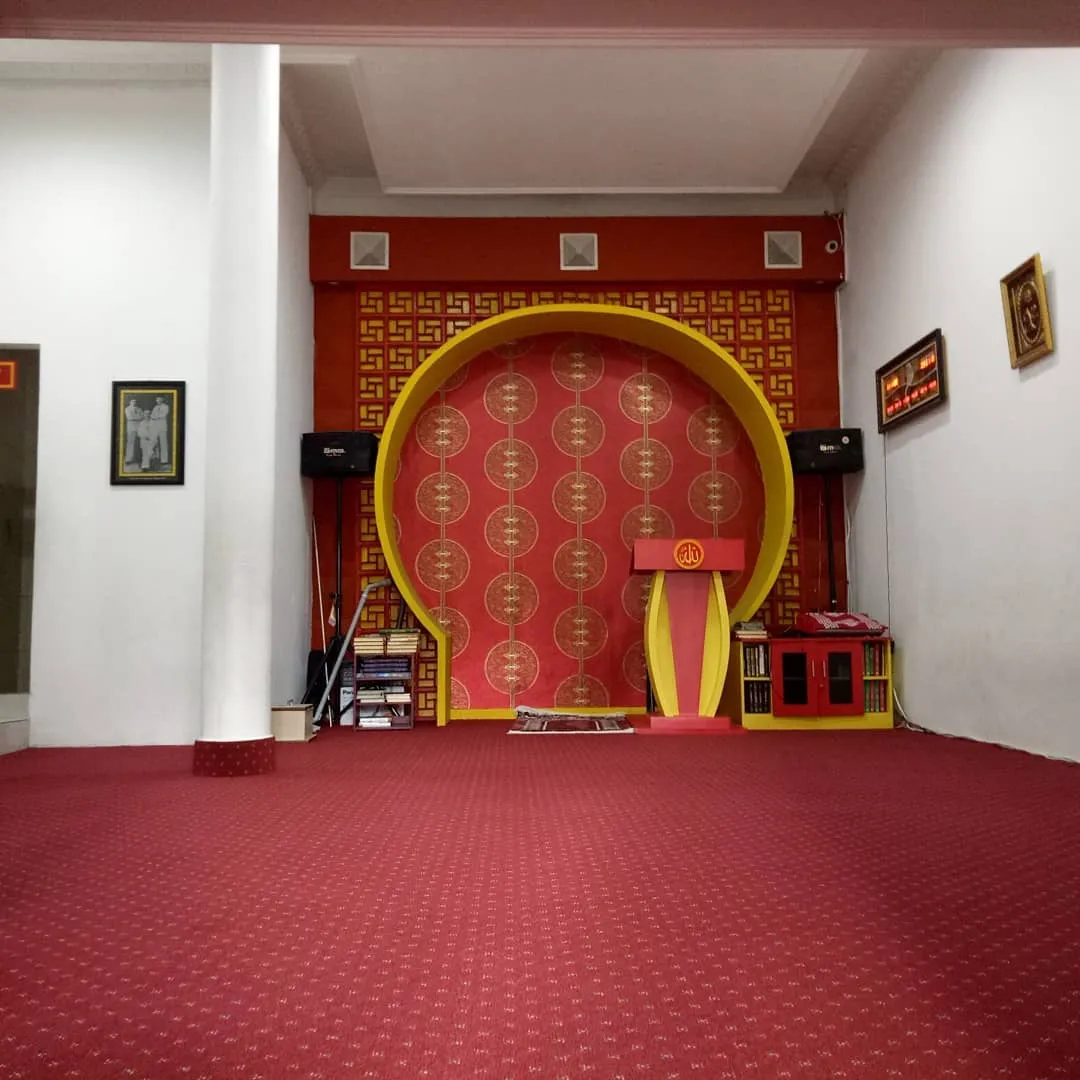
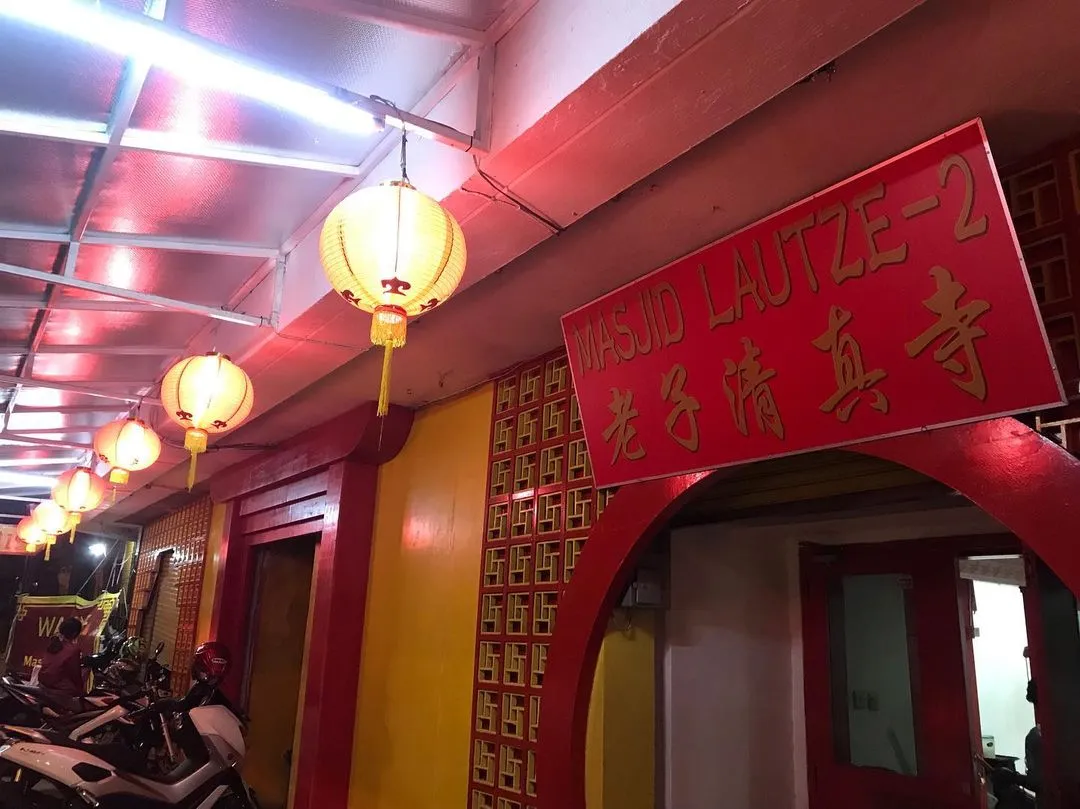
Islam penetrated the city of Bandung and some Chinese descendants began to convert to Islam. On the way, a number of Chinese Muslims in the city of Bandung began to remove a mosque called the Lau Tze Mosque. The name of this mosque comes from a Chinese figure who converted to Islam in 1930.
This mosque was destined in 1997 as a symbol of tolerance in Bandung. This mosque is run by the Haji Karim Oei Foundation. Haji Karim Oei is the founder of this mosque. He is also friends with Buya Hamka and President Soekarno. Buya Hamka and President Soekarno are famous people in Indonesia. The three photos are displayed in this mosque.
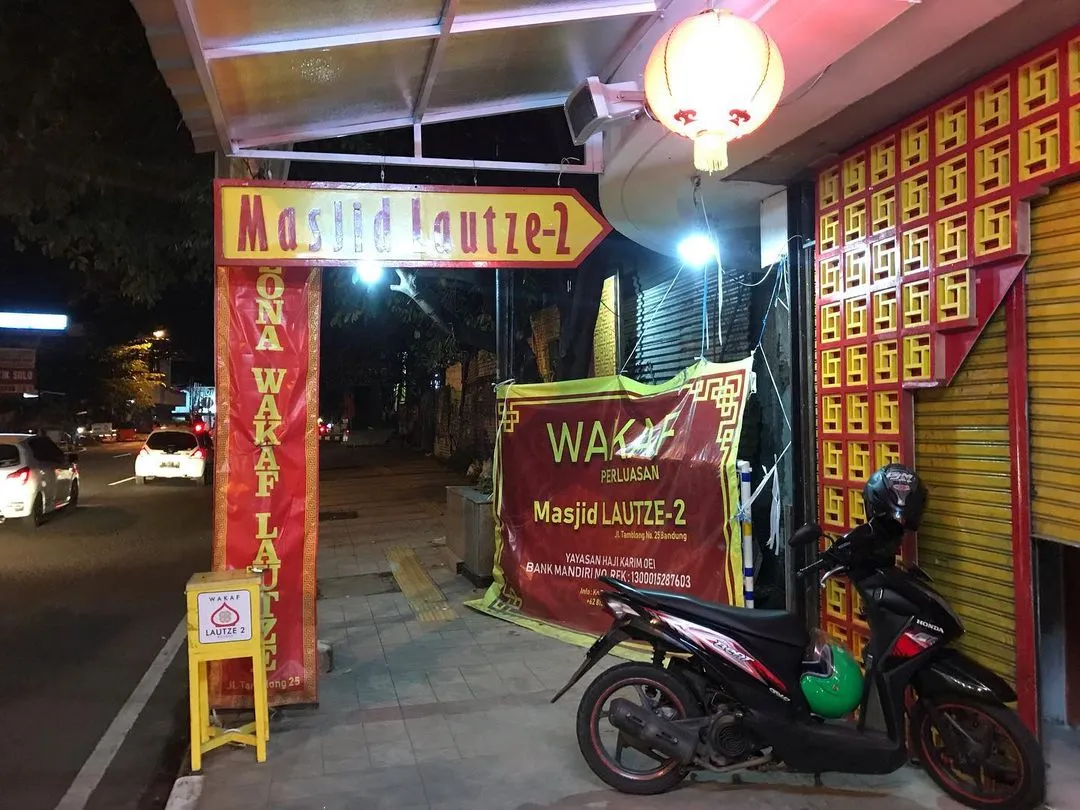
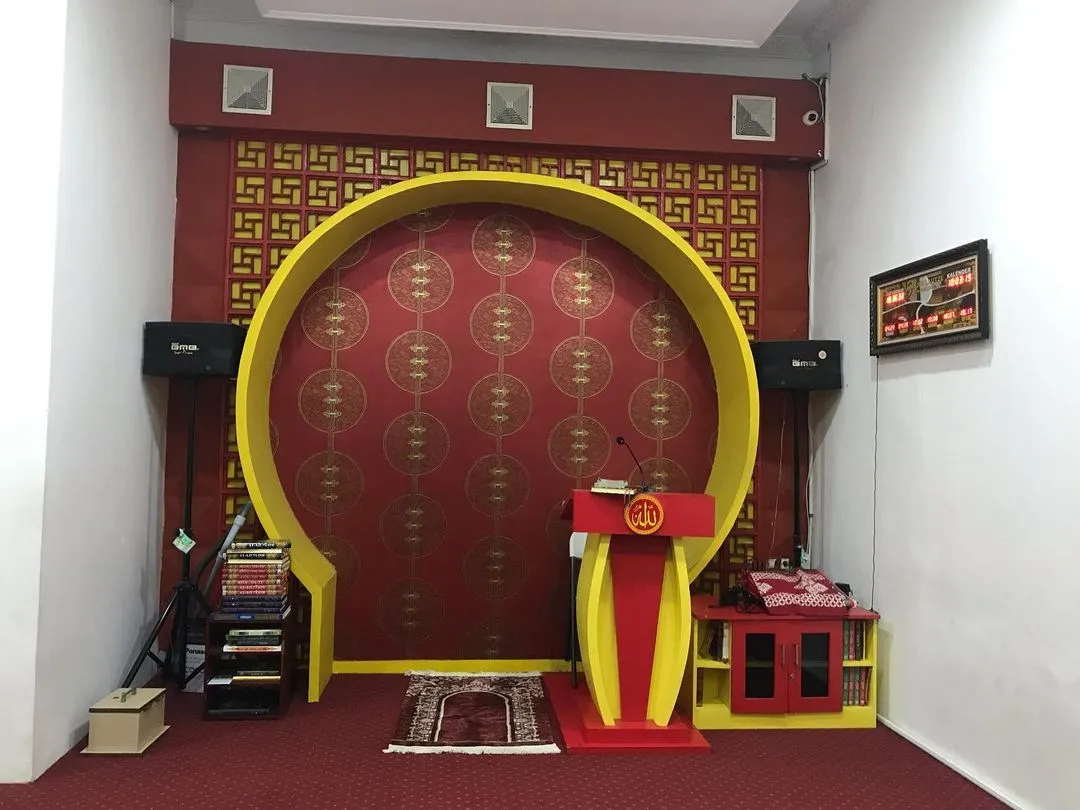
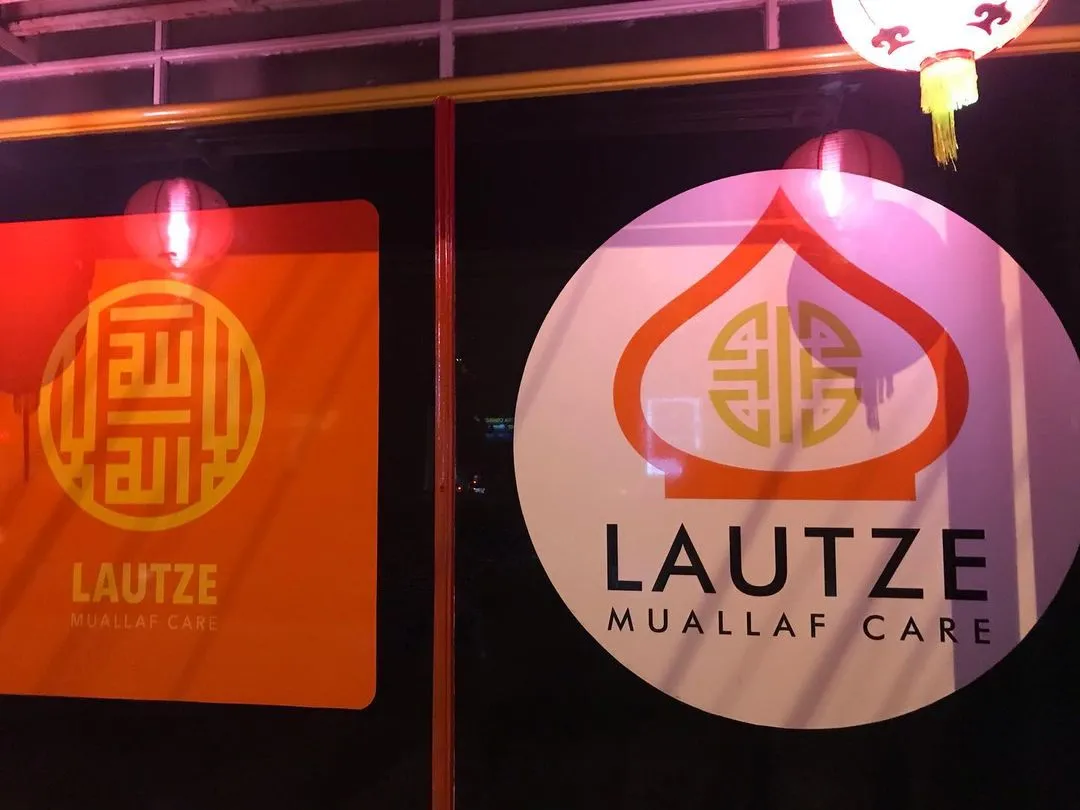
This mosque is not like other mosques that have a lot of people. It can only accommodate a maximum of 70 worshipers. If you pass by Jalan Banceuy, Bandung City, you can easily find this building. Because, this building is very striking among other shophouse buildings. on Jalan Banceuy there are shops of cloth, food and others. This mosque is parallel to the other shop houses in this building.
This mosque consists of two floors of the building. The 2nd floor is intended for worship. As for the second floor, it is intended for the secretariat of this mosque. In my opinion, the mosque is very unique. Because I chose red and it reminded me of a monastery or pagoda. However, there are Islamic ornaments that confirm that this building is the center of Islamic civilization or a mosque.
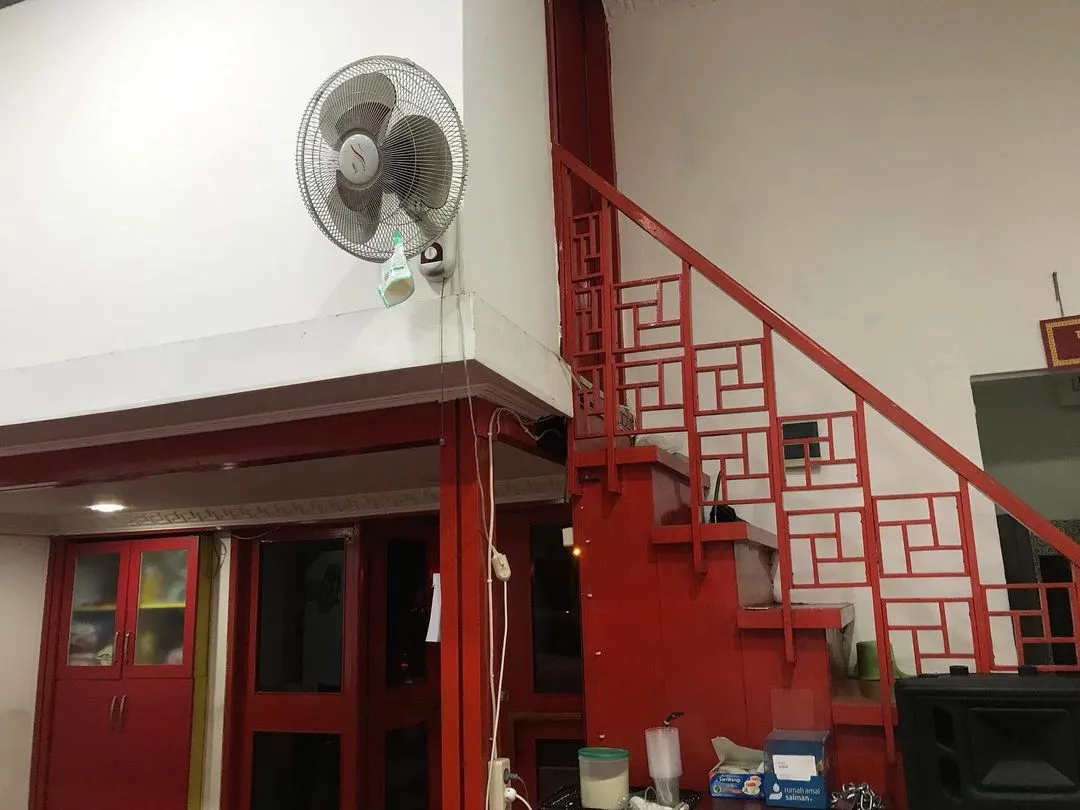
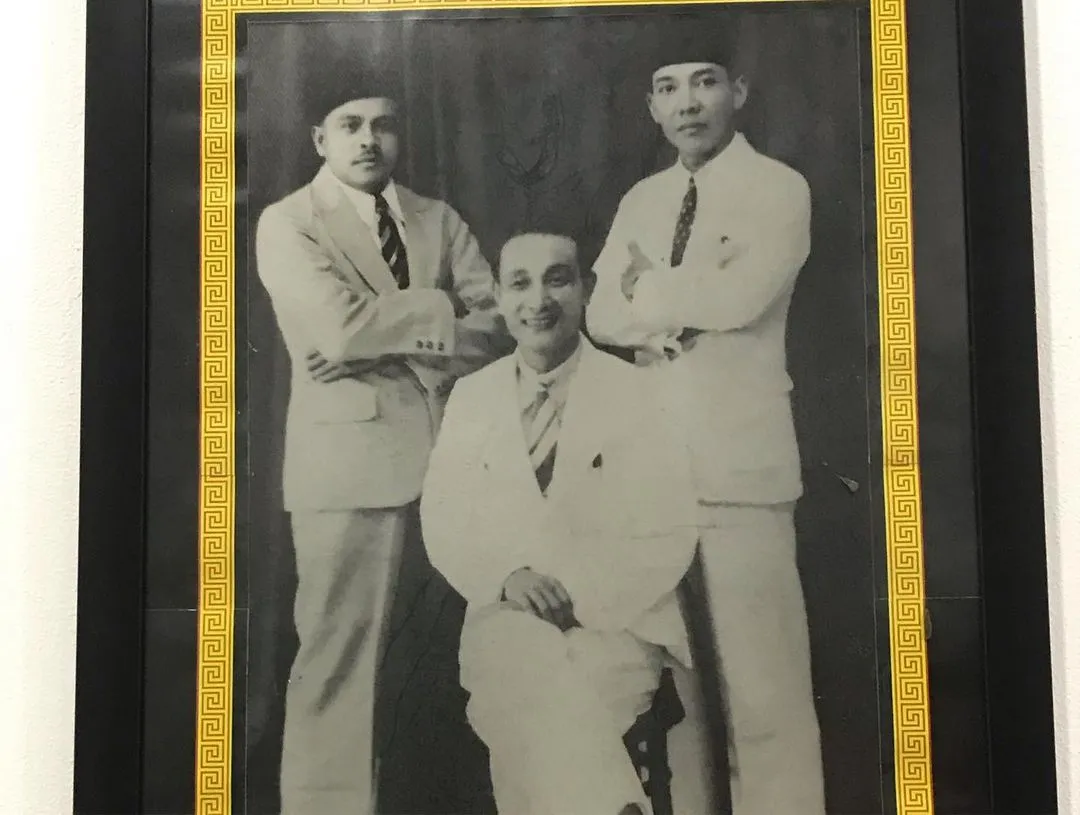
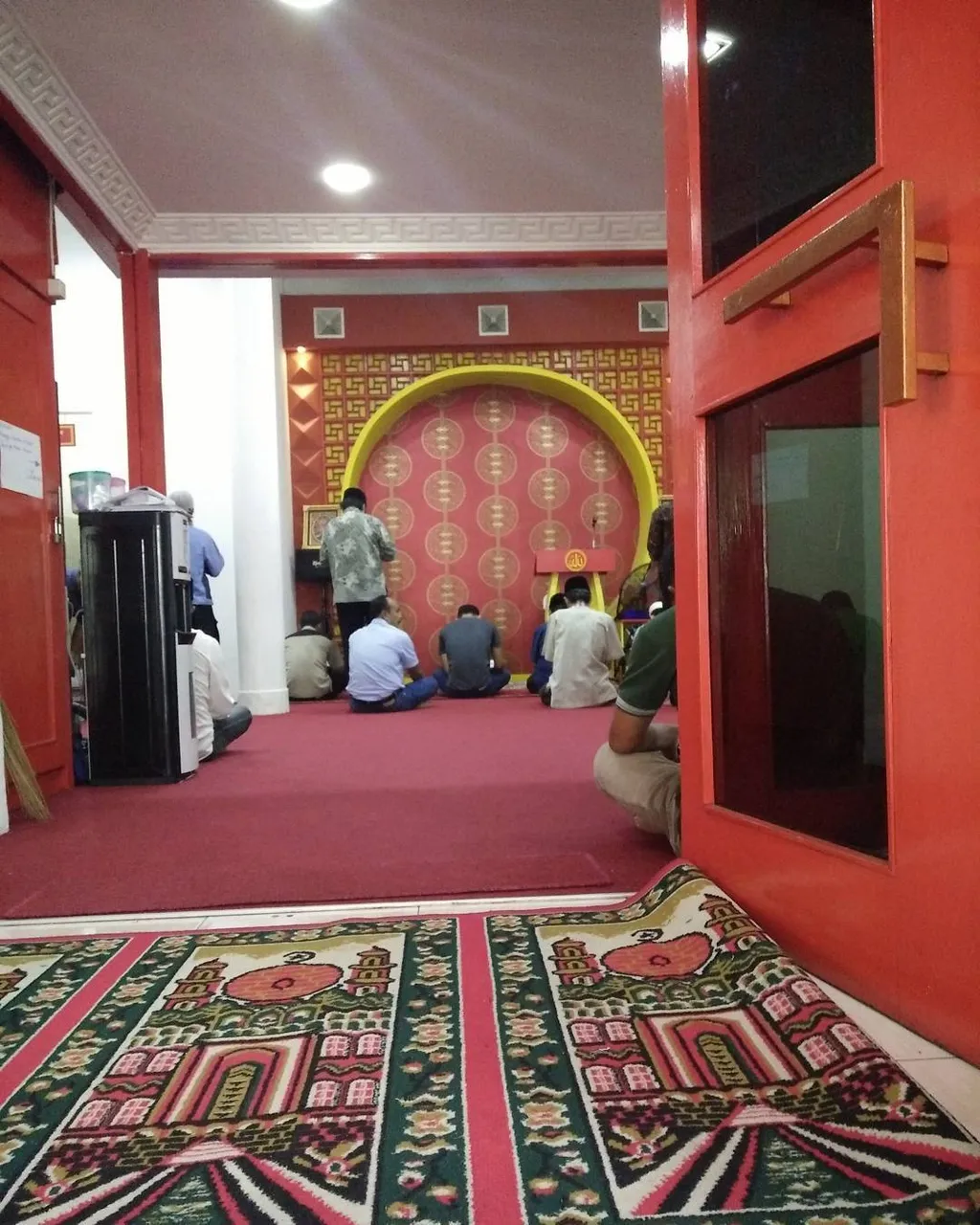
At first glance, it is an extension of Chinese and Islamic culture. And it produces extraordinary work. There is no lost culture in this building. For interior decoration, this mosque has a lot of Chinese nuances. For one thing, this mosque chose red wall paint. In Indonesia, especially mosques, no one uses red wall paint. Then use a lamp resembling a lampion.
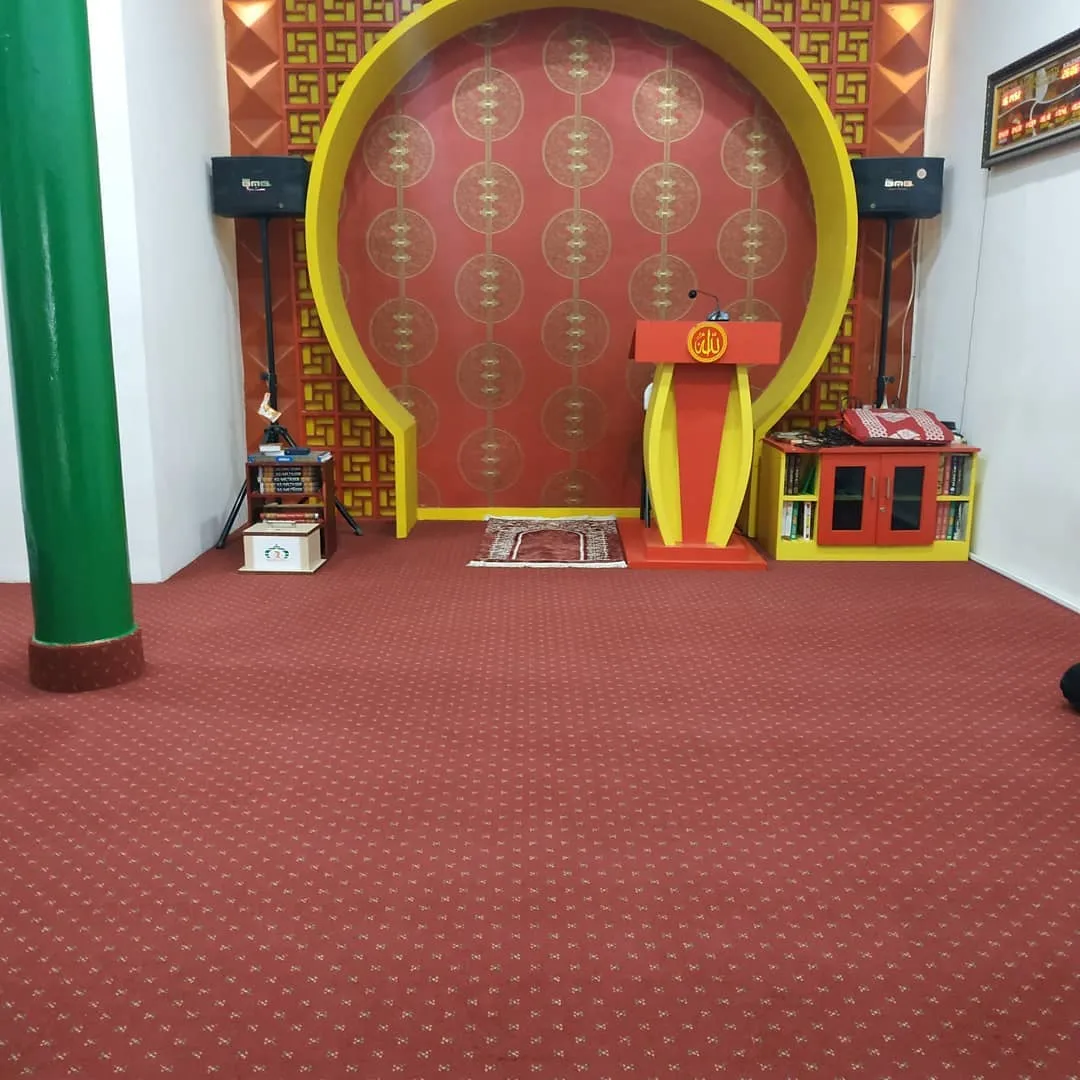
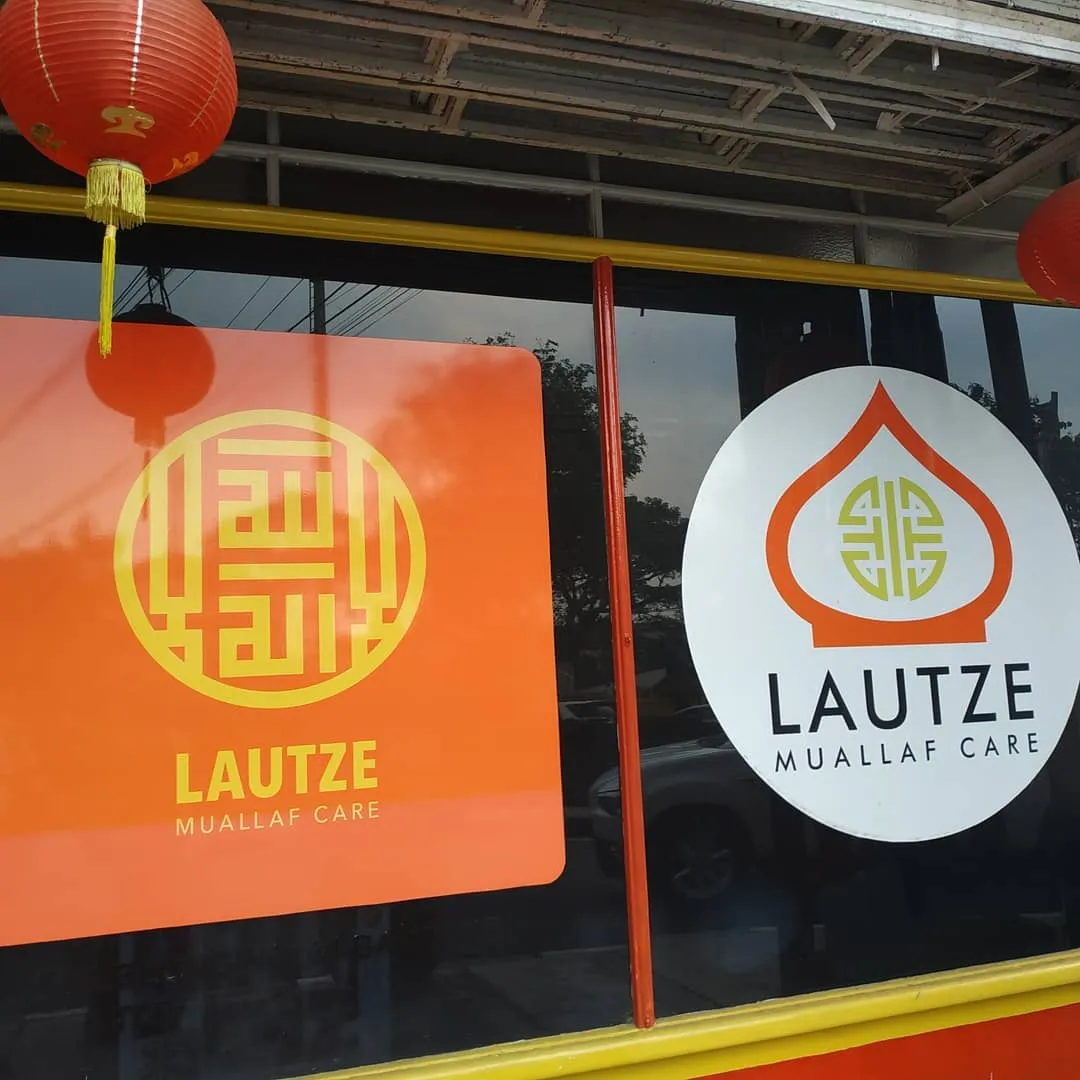
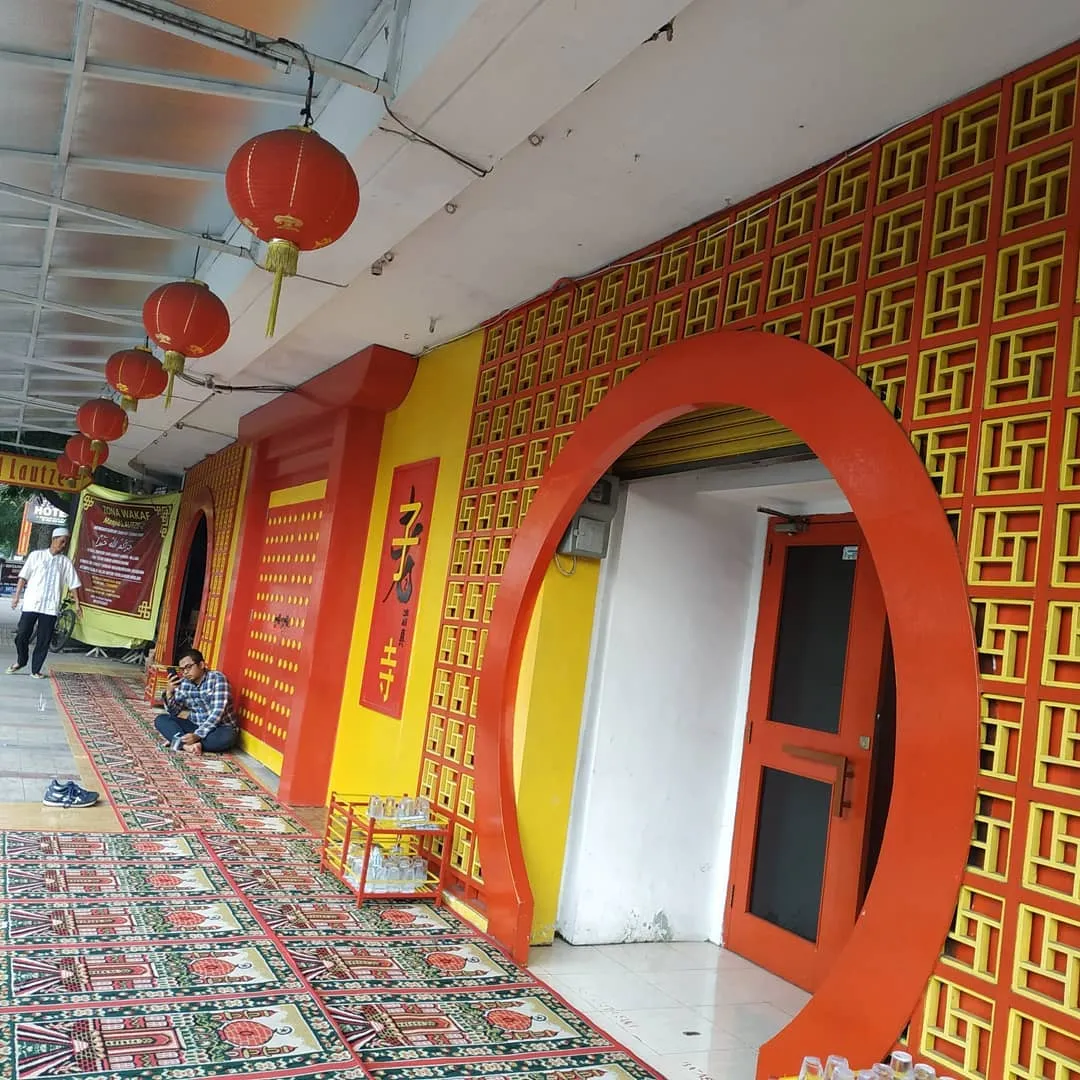
Then for Islamic culture using a domed roof. The existence of a dome in this building, explains that this building is a mosque. However, the color of the dome used in this building is red. The dome for this building uses wood. From the info I got, the use of this dome is a sign that this building is a mosque.
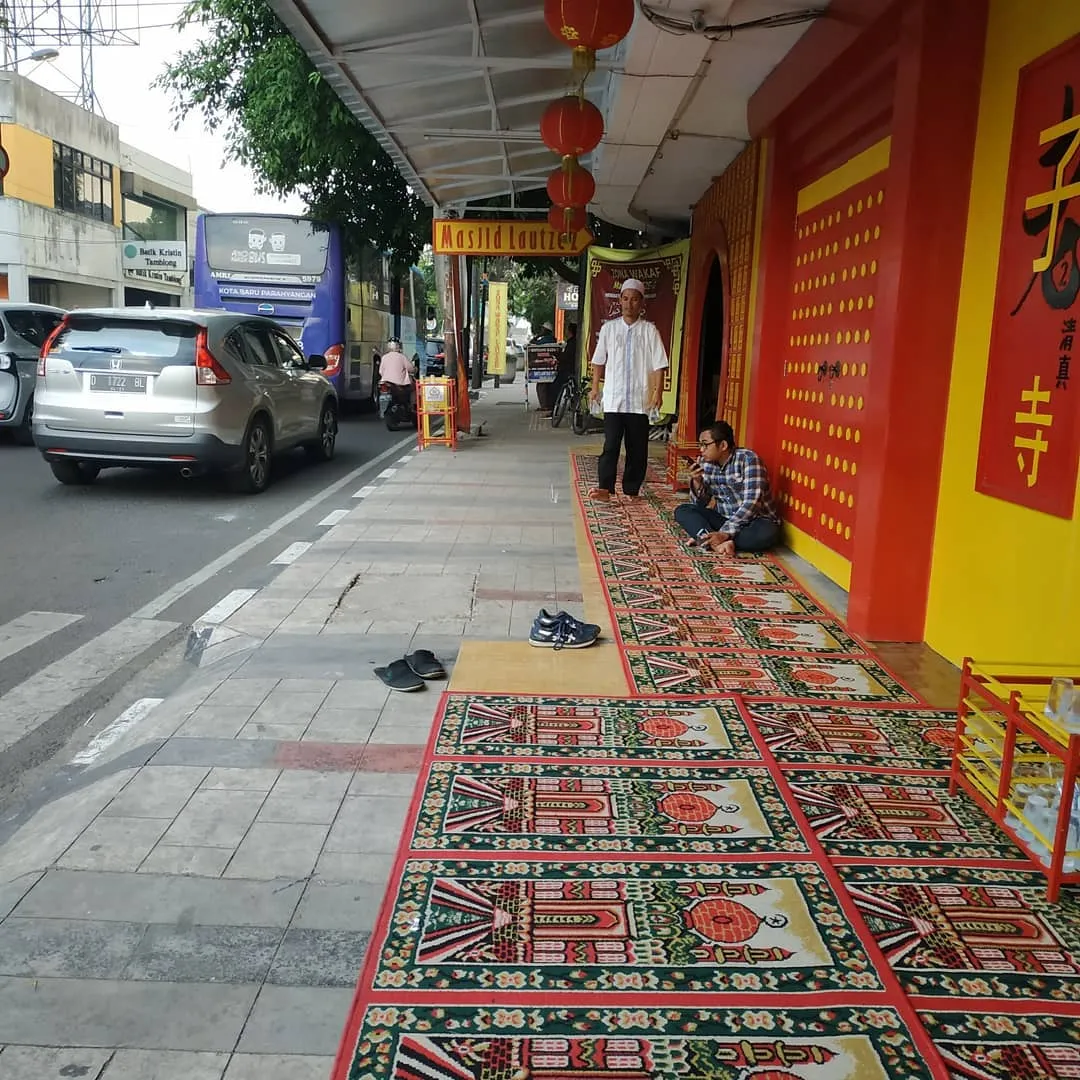

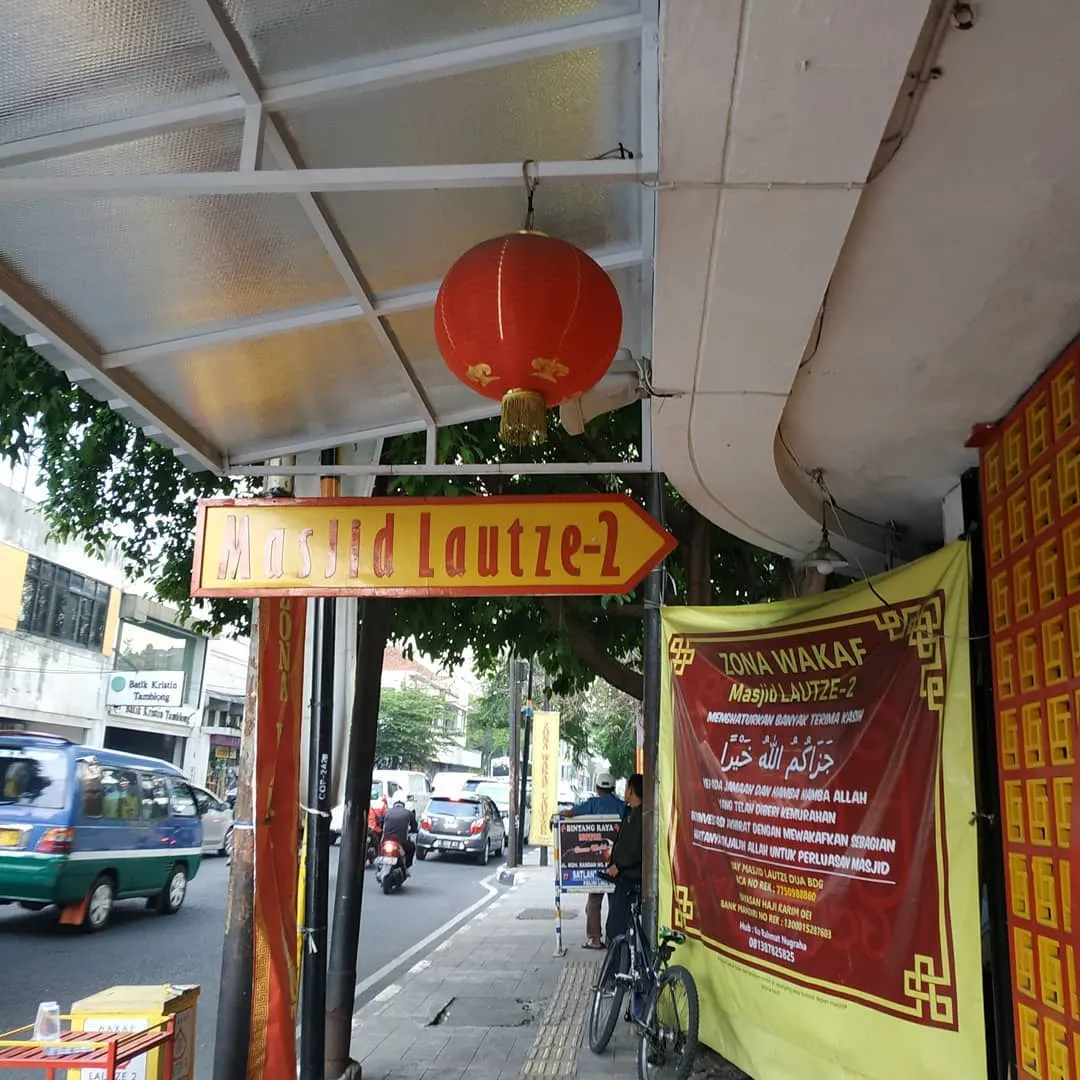
The use of the dome was chosen because almost the entire ornament of the mosque resembles a monastery or pagoda. So, the dome is a sign that this building is a mosque. Another unique decoration in this building is the main part of the mihrab which is used to lead prayers. Mihrab in this mosque uses Islamic culture. however, still use red and yellow.
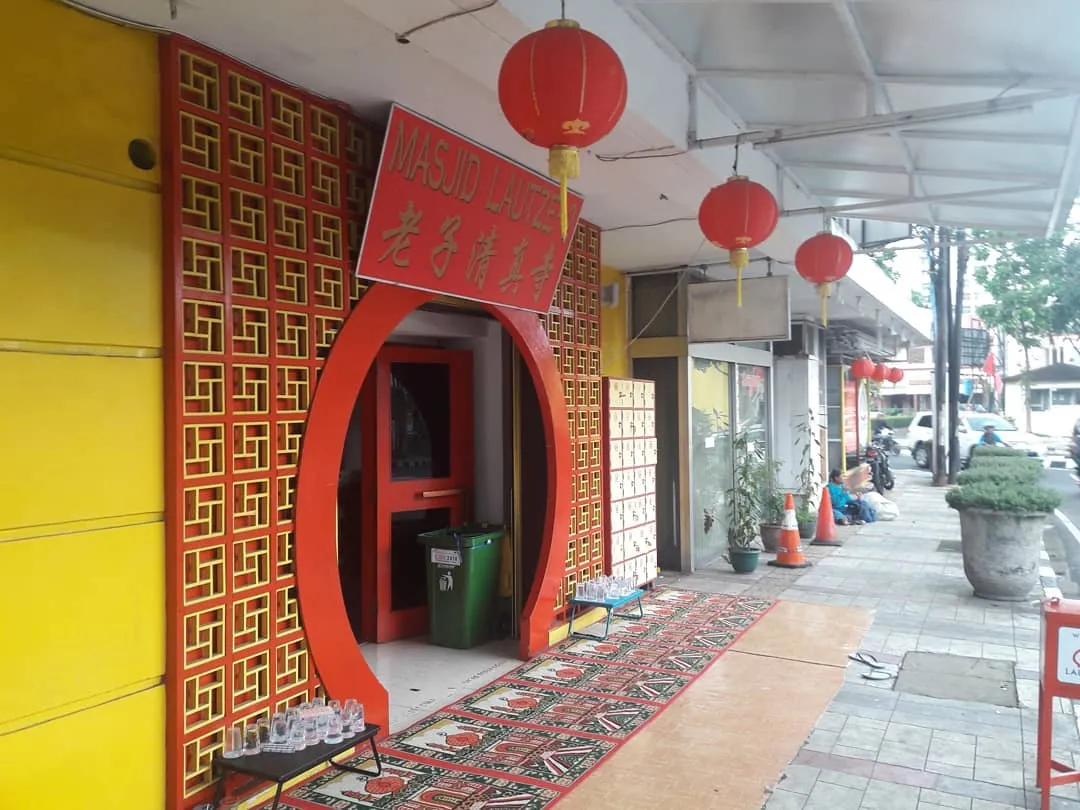
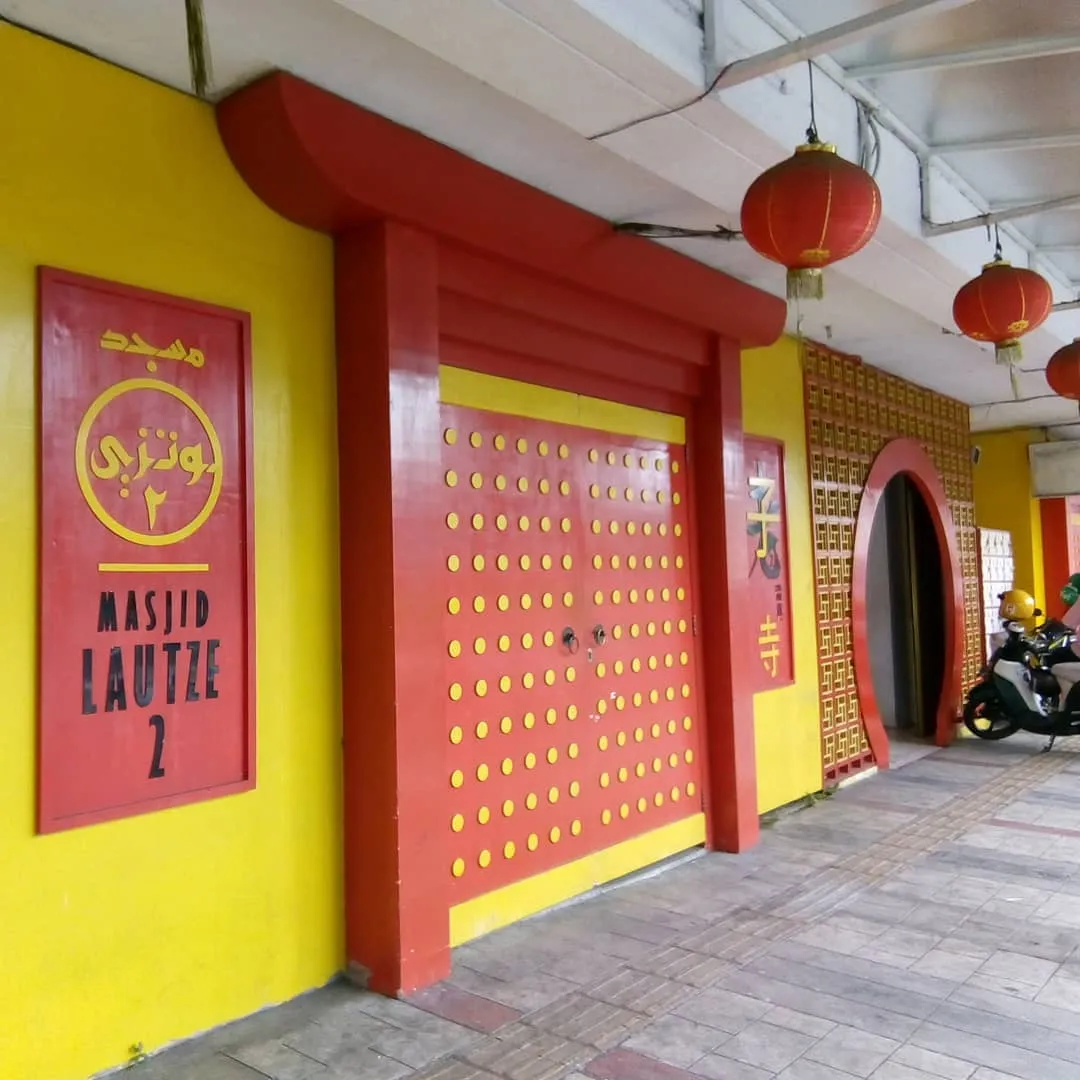
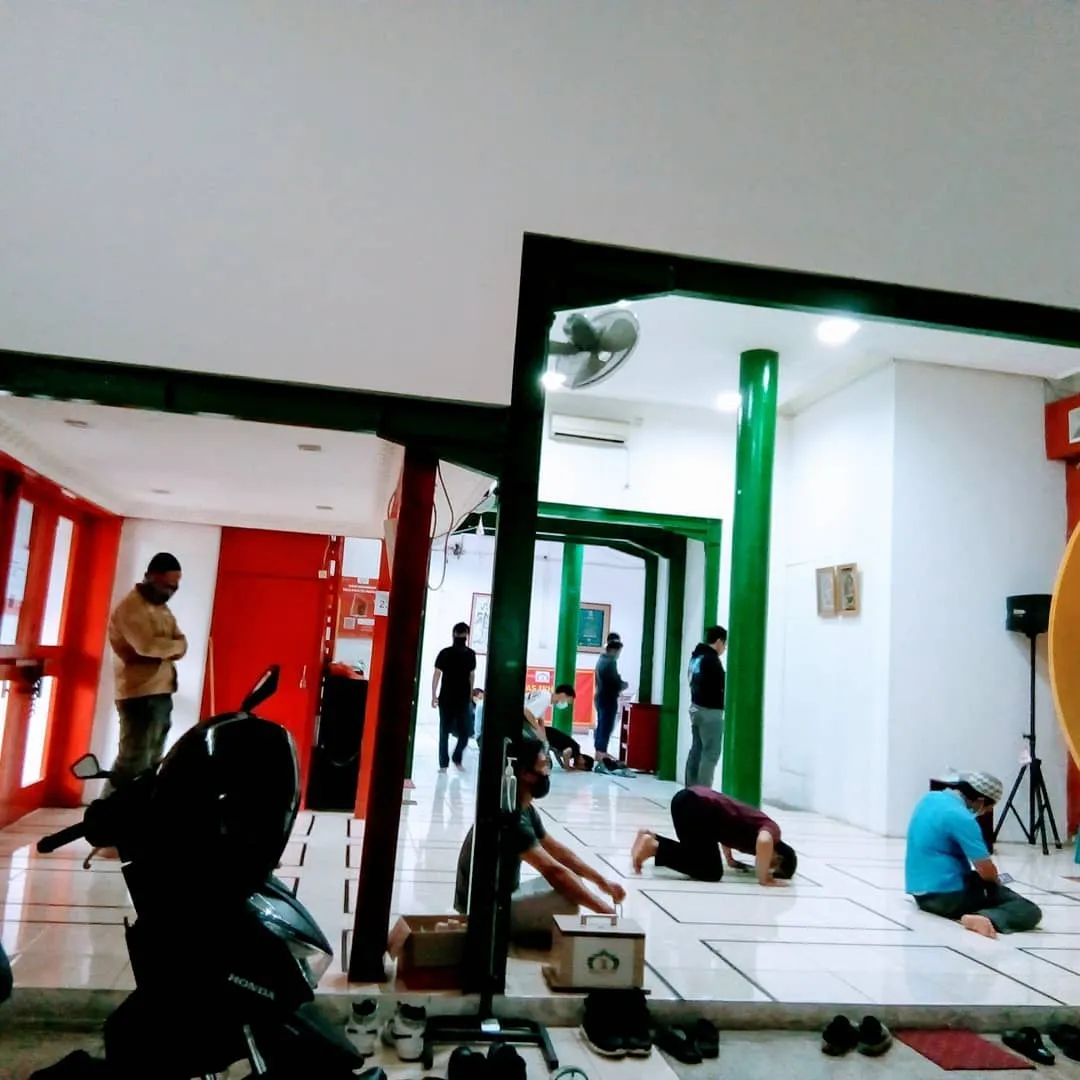
There are also Arabic scripts that are characteristic of Arab culture in this mosque. In addition, the pulpit in this mosque is made of wood and uses beautiful carvings. The choice of color, while maintaining the red color as a typical color of Chinese architecture. What do you think? Pretty amazing, huh? I hope you like my story.
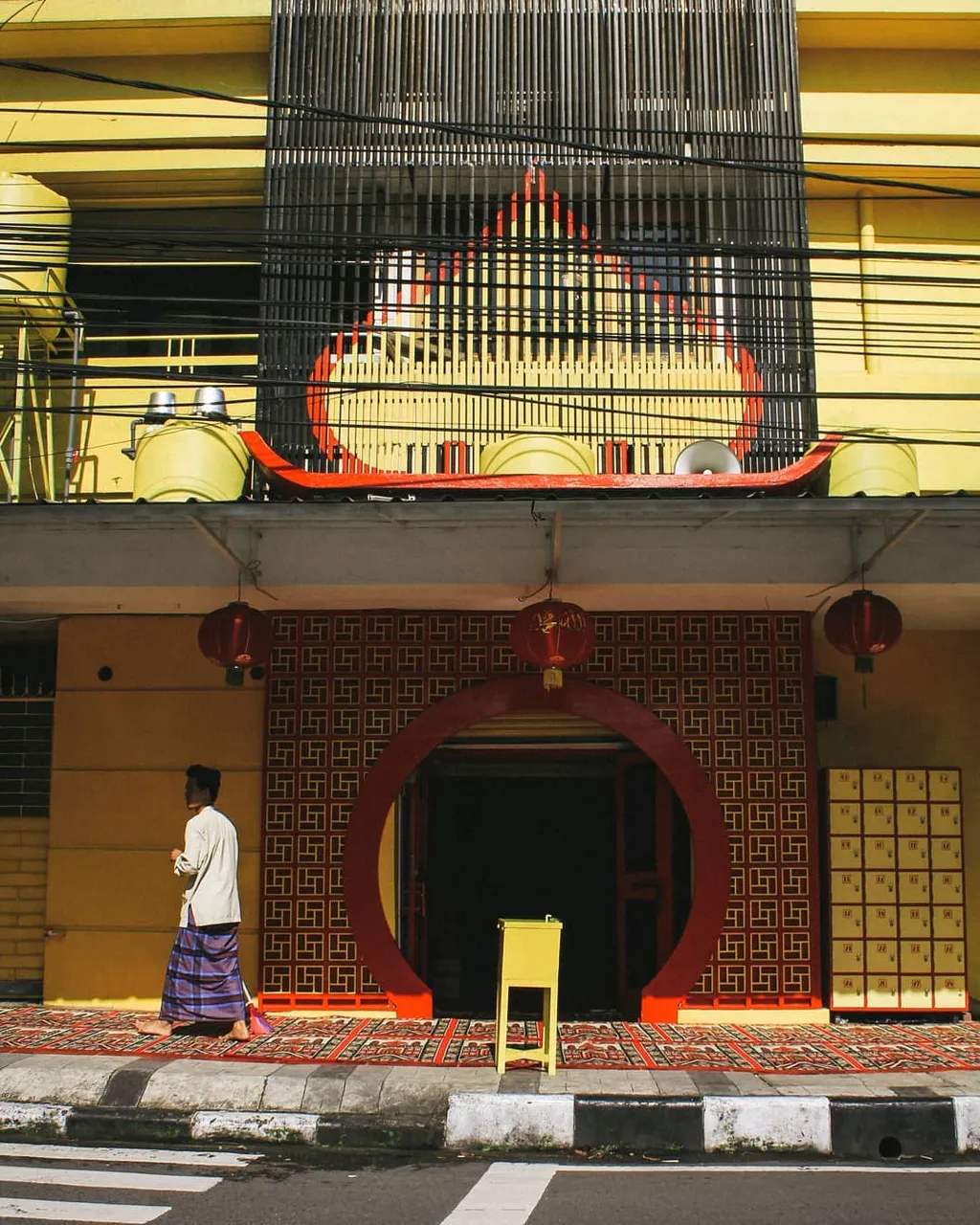
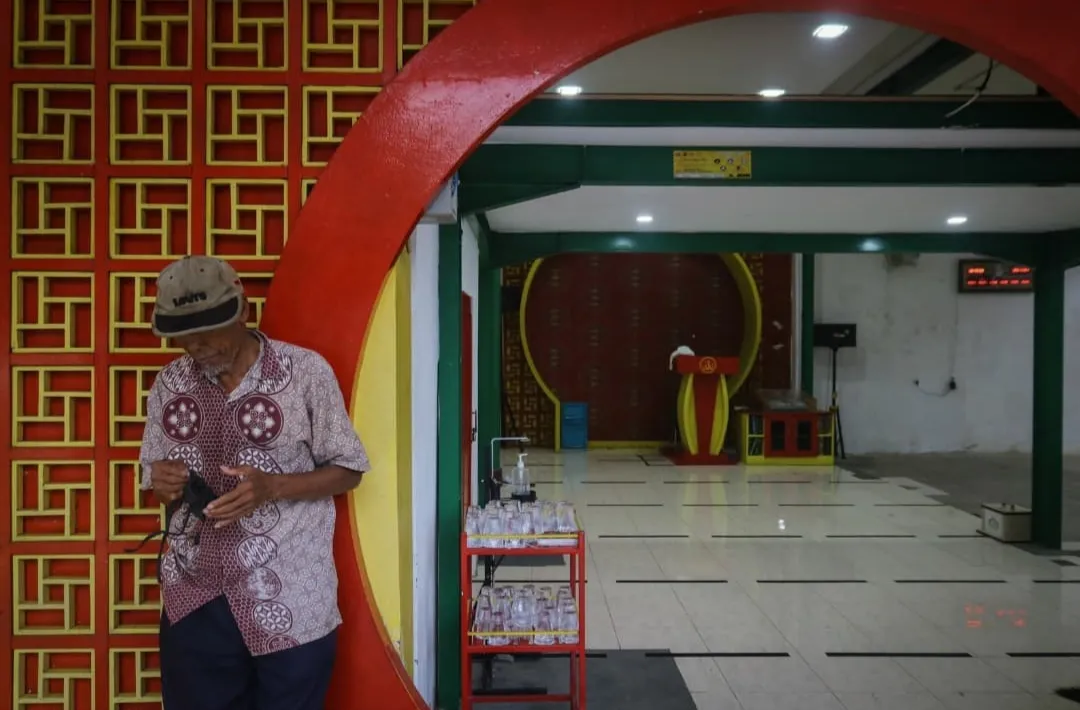
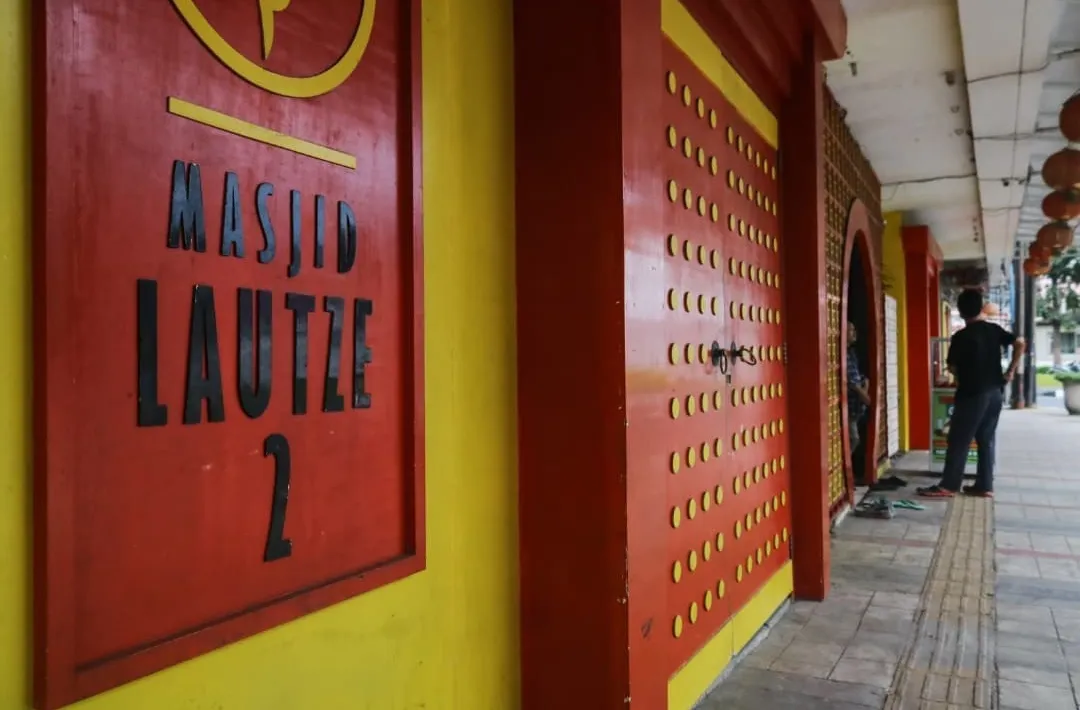
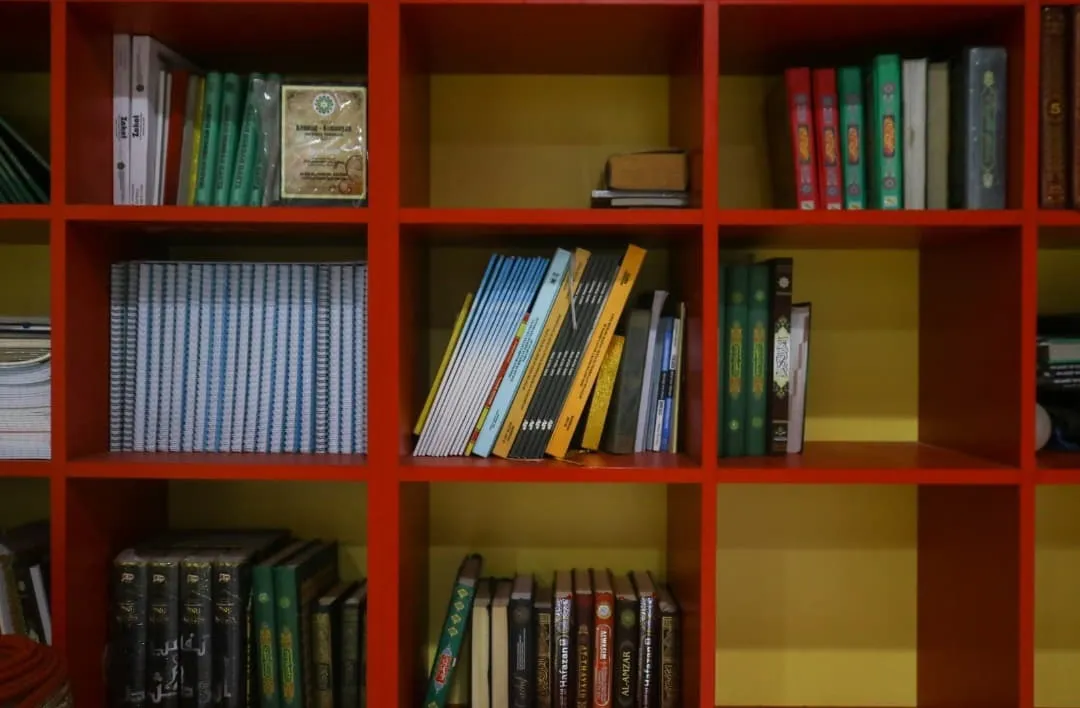
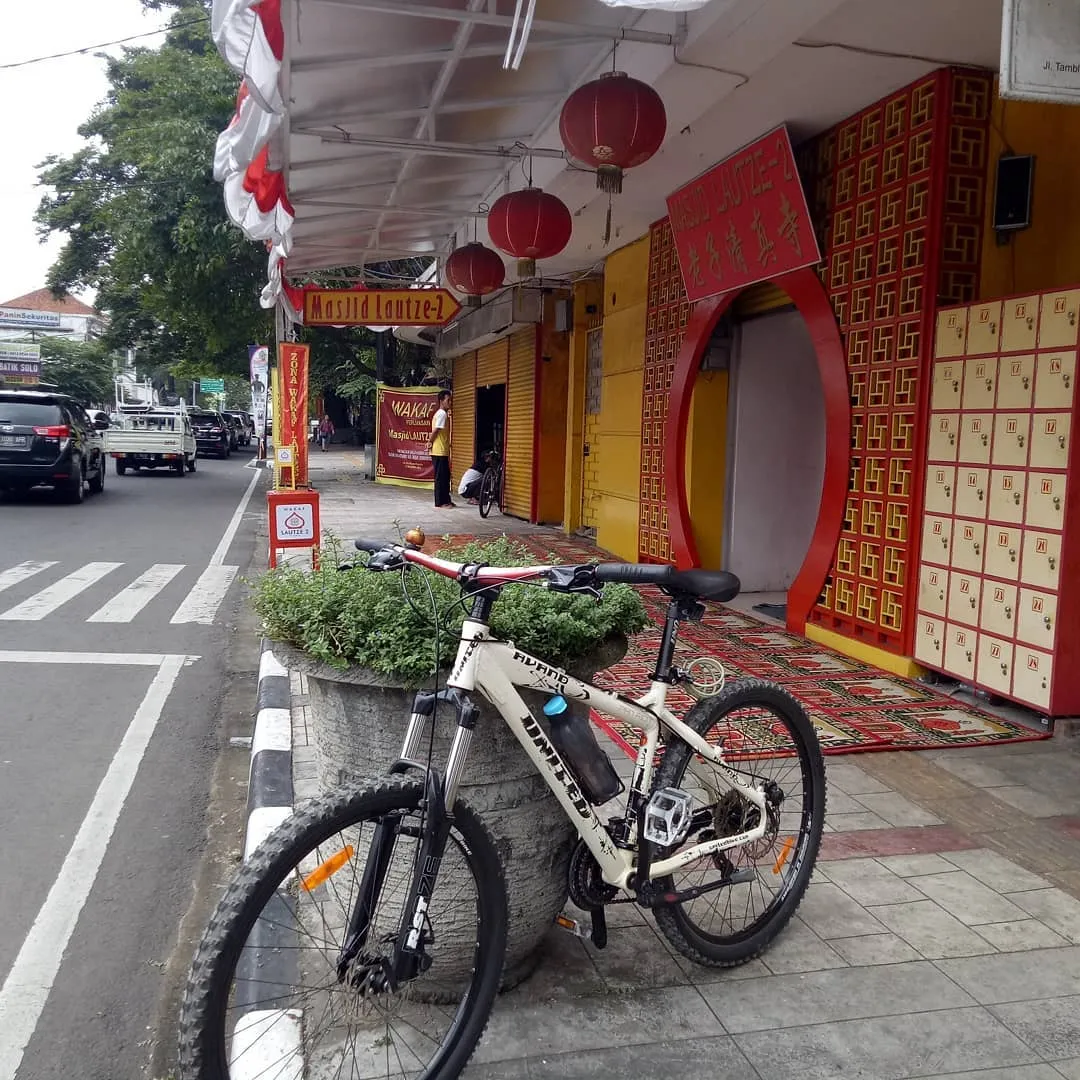

Nurdiani Latifah
My name is Nurdiani Latifah. I currently live in Jakarta – Indonesia, after 25 years I live in Bandung. I am a media staff at an NGO in Indonesia. I have worked in this institution for almost 2 years on issues of women and peace. I had been a journalist in Bandung for 3 years.
If you like his content, don't forget to upvote and leave a comment to show some love. You can also reblog if you want to. Also, don't forget to follow him to be updated with his latest posts.
